Home>Maintenance & Safety>Home Maintenance Checklists>What Is A Trash Can
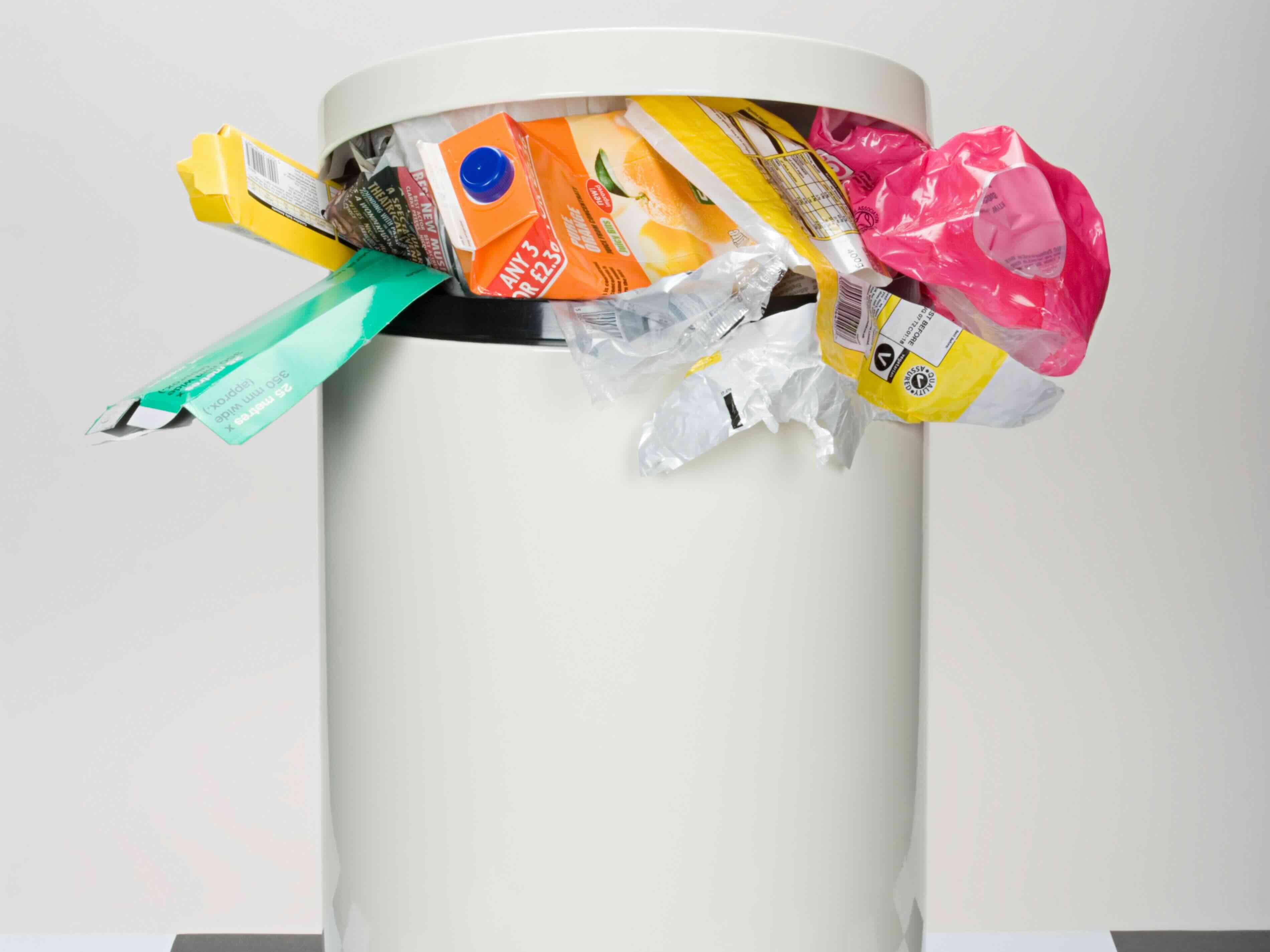

Home Maintenance Checklists
What Is A Trash Can
Modified: March 2, 2024
Learn the importance of a trash can for home maintenance checklists. Discover how to choose the right one for your needs and keep your space clean and organized.
(Many of the links in this article redirect to a specific reviewed product. Your purchase of these products through affiliate links helps to generate commission for Storables.com, at no extra cost. Learn more)
Introduction
Welcome to the world of home maintenance, where the humble trash can plays a crucial role in keeping our living spaces clean and organized. While it may seem like a mundane item, the trash can is an essential part of our daily lives, quietly serving its purpose without much fanfare.
In this article, we'll delve into the intriguing world of trash cans, exploring their definition, history, types, importance, proper use and maintenance, as well as their environmental impact. By the end of this journey, you'll gain a newfound appreciation for these unassuming yet indispensable household fixtures.
So, let's embark on this exploration of the unsung hero of home maintenance – the trash can.
Key Takeaways:
- Trash cans are more than just containers for waste – they promote cleanliness, prevent odors and pests, support recycling, and contribute to a safer and more sustainable living environment.
- Proper use and maintenance of trash cans are essential for maximizing their functionality, promoting hygiene, and prolonging their lifespan. Adhering to best practices ensures a clean and efficient waste management system.
Read more: What Is A Trash Can Cinch
Definition of a Trash Can
A trash can, also known as a garbage bin, rubbish bin, waste bin, or dustbin, is a container specifically designed for the temporary storage of waste materials. It serves as a receptacle for various types of waste, including food scraps, packaging, paper, plastics, and other disposable items generated in households, offices, and public spaces.
Typically made of durable materials such as plastic, metal, or wood, trash cans come in various sizes and designs to accommodate different volumes of waste and complement diverse interior or exterior settings. They often feature a lid to contain odors and prevent pests from accessing the contents.
Trash cans are essential for maintaining cleanliness and hygiene in living and working environments. By providing a designated space for waste disposal, they contribute to the organization and tidiness of spaces, preventing litter and promoting responsible waste management.
Moreover, trash cans play a crucial role in waste segregation and recycling efforts, as they allow for the separate collection of recyclable materials, organic waste, and non-recyclable items. This facilitates the proper disposal and recycling of waste, aligning with sustainable waste management practices.
Overall, the definition of a trash can encompasses its function as a receptacle for waste materials, its role in promoting cleanliness and waste management, and its potential contribution to environmental sustainability through proper waste segregation and disposal.
History of Trash Cans
The evolution of trash cans is intertwined with the development of waste management practices and the changing needs of human societies. While the concept of containing and disposing of waste has been a constant throughout history, the specific design and function of trash cans have undergone significant transformations over time.
Early civilizations, such as the ancient Greeks and Romans, utilized rudimentary forms of waste disposal, employing pits, trenches, or designated areas outside settlements to discard their refuse. These primitive methods lacked the structured containment that we associate with modern trash cans.
The Industrial Revolution marked a pivotal period in the history of waste management, as urbanization and industrialization led to the accumulation of larger volumes of waste in concentrated areas. This necessitated the development of more organized waste disposal systems, prompting the emergence of rudimentary receptacles for waste collection in public spaces.
By the late 19th century, as urban populations continued to grow, the need for more efficient waste management became increasingly apparent. This spurred the invention of the first patented trash cans, which were often made of metal and featured basic designs aimed at containing and transporting waste within urban environments.
Throughout the 20th century, advancements in materials and manufacturing processes facilitated the mass production of various types of trash cans, ranging from simple metal bins to more elaborate plastic containers. The introduction of features such as foot pedals for hands-free operation and separate compartments for recycling further expanded the functionality of trash cans.
In recent decades, the focus on environmental sustainability has influenced the design and usage of trash cans, leading to the incorporation of eco-friendly materials, innovative waste segregation systems, and smart technologies for waste monitoring and management.
Today, the history of trash cans reflects the ongoing efforts to balance convenience, hygiene, and environmental responsibility in waste management. From ancient disposal methods to modern, technologically advanced receptacles, trash cans have evolved to meet the changing needs of communities and the demands of sustainable living.
Types of Trash Cans
Trash cans come in a diverse array of types, each tailored to specific environments, waste management needs, and aesthetic preferences. Understanding the different types of trash cans can help individuals and organizations select the most suitable options for their unique requirements. Here are some common types of trash cans:
- Indoor Trash Cans: These are designed for use within residential, commercial, or institutional interiors. They often feature sleek designs and may include features such as swing tops, pedal-operated lids, or sensor-activated openings for hands-free use.
- Outdoor Trash Cans: Built to withstand varying weather conditions and public use, outdoor trash cans are commonly found in parks, streets, and other public spaces. They are often larger in size and may incorporate heavy-duty materials to deter vandalism and ensure durability.
- Recycling Bins: These specialized containers are intended for the collection of recyclable materials, such as paper, plastic, glass, and metal. They are typically color-coded or labeled to facilitate the segregation of recyclables and promote environmentally conscious waste management.
- Touchless Trash Cans: Equipped with motion sensor technology, touchless trash cans open automatically when they detect motion near the lid. This hands-free operation minimizes contact with the can’s surface, promoting hygiene and convenience.
- Step-On Trash Cans: Featuring a foot pedal or lever, step-on trash cans allow users to open the lid without using their hands, making them a hygienic option for kitchens, bathrooms, and healthcare facilities.
- Compactor Trash Cans: These innovative trash cans utilize built-in compactors to compress waste, maximizing capacity and reducing the frequency of emptying. They are ideal for high-traffic areas and spaces with limited storage for multiple bins.
- Smart Trash Cans: Integrated with technology such as Wi-Fi connectivity and waste monitoring sensors, smart trash cans offer features like automatic reordering of trash bags, real-time fill-level alerts, and data analysis for optimized waste management.
By catering to specific usage scenarios and waste management goals, these diverse types of trash cans contribute to efficient and sustainable waste disposal practices, whether in homes, businesses, or public settings.
When choosing a trash can, consider the size and material. A larger can is good for a busy household, while a durable material like stainless steel is easy to clean and long-lasting.
Importance of Trash Cans
While often overlooked, the significance of trash cans in maintaining cleanliness, hygiene, and waste management cannot be overstated. These unassuming receptacles play a vital role in various aspects of daily life, contributing to the well-being of individuals, communities, and the environment. Here are several key reasons highlighting the importance of trash cans:
- Promoting Cleanliness: Trash cans provide a designated space for the containment of waste, preventing litter and promoting tidiness in homes, workplaces, and public areas. By facilitating the proper disposal of trash, they contribute to a cleaner and more organized environment.
- Preventing Odors and Pest Infestations: Sealed trash cans help contain odors and deter pests, such as insects and rodents, from accessing and spreading waste. This is essential for maintaining sanitary conditions and preventing potential health hazards associated with uncontrolled waste disposal.
- Supporting Waste Segregation and Recycling: Recycling bins and multi-compartment trash cans enable the separation of recyclable materials from general waste, promoting sustainable waste management practices. By facilitating waste segregation at the source, trash cans contribute to conservation efforts and the reduction of landfill-bound waste.
- Enhancing Public Health and Safety: Proper waste disposal through the use of trash cans helps mitigate health risks associated with unsanitary conditions and the spread of disease-carrying organisms. It also reduces the likelihood of accidents and injuries caused by tripping over or coming into contact with scattered waste.
- Preserving Aesthetic Appeal: By containing waste within designated receptacles, trash cans contribute to the aesthetic appeal of indoor and outdoor spaces. This is particularly important in public areas and commercial settings, where maintaining a clean and visually pleasing environment is essential for positive impressions and customer satisfaction.
- Facilitating Efficient Waste Collection and Disposal: Properly utilized trash cans streamline waste collection processes for municipal services and waste management providers. This contributes to the efficient removal and disposal of waste, minimizing the impact of accumulated refuse on local ecosystems and communities.
Overall, the importance of trash cans lies in their multifaceted contributions to cleanliness, waste management, environmental sustainability, and public health. By recognizing and embracing the significance of these humble receptacles, individuals and communities can foster a cleaner, safer, and more sustainable living environment.
Read more: What Goes In The Trash Can
Proper Use and Maintenance of Trash Cans
Ensuring the effective use and maintenance of trash cans is essential for maximizing their functionality, promoting hygiene, and prolonging their lifespan. By following best practices for their utilization and upkeep, individuals and organizations can optimize the performance and longevity of these indispensable waste management fixtures. Here are key guidelines for the proper use and maintenance of trash cans:
- Securely Seal Waste: To contain odors and prevent pests, ensure that waste is securely sealed in bags before disposing of it in the trash can. This minimizes the risk of leaks and spillage, maintaining cleanliness and hygiene within the receptacle.
- Regular Cleaning: Periodically clean the interior and exterior of the trash can to remove accumulated residues, spills, and odors. Use mild detergents or cleaning solutions to sanitize the surfaces and maintain a fresh, hygienic environment.
- Proper Bag Replacement: Replace trash bags promptly when they are full to prevent overflows and maintain the cleanliness of the can’s interior. Ensure that the replacement bags fit securely and are compatible with the specific dimensions of the trash can.
- Odor Control: Employ odor-absorbing agents or deodorizers, such as baking soda or specialized trash can deodorizing products, to minimize unpleasant odors and maintain a fresh-smelling environment around the trash can.
- Regular Inspection: Periodically inspect the trash can for signs of wear, damage, or malfunction. Check the integrity of the lid, hinges, and any mechanical components to address any issues promptly and prevent potential problems from escalating.
- Proper Placement: Position the trash can in a convenient yet discreet location, ensuring easy access for waste disposal while minimizing obtrusiveness in living or working spaces. Consider the specific usage scenarios and traffic patterns to optimize the placement of trash cans.
- Weather Protection: For outdoor trash cans, consider protective measures such as weather-resistant coatings, secure lids, and sheltered placements to safeguard them from the elements and prolong their durability in outdoor environments.
By adhering to these practices, individuals and organizations can uphold the cleanliness, functionality, and longevity of their trash cans, contributing to a more efficient and hygienic waste management system.
Environmental Impact of Trash Cans
While often associated with waste containment, trash cans have a broader environmental impact that extends beyond mere disposal. Their usage and design can significantly influence waste management practices, resource conservation, and overall environmental sustainability. Understanding the environmental implications of trash cans is crucial for promoting responsible waste management and minimizing ecological footprints. Here are key aspects of the environmental impact of trash cans:
- Waste Diversion and Recycling: Trash cans equipped with separate compartments for recyclables facilitate the diversion of materials from landfills, promoting recycling and resource conservation. By segregating recyclable items at the source, these specialized trash cans contribute to the reduction of environmental strain associated with landfill disposal and the extraction of raw materials.
- Reduced Litter and Pollution: By providing a designated receptacle for waste, trash cans help mitigate littering and the dispersal of refuse into natural ecosystems. This is essential for preventing pollution of water bodies, soil, and air, thereby safeguarding the environmental integrity of habitats and public spaces.
- Efficient Waste Management: Properly utilized trash cans streamline waste collection and disposal processes, minimizing the environmental impact of accumulated waste. By facilitating efficient waste management, these receptacles contribute to the reduction of greenhouse gas emissions, energy consumption, and the ecological footprint associated with waste transportation and treatment.
- Promotion of Sustainable Practices: Trash cans that incorporate eco-friendly materials, such as recycled plastics or biodegradable components, align with sustainable production and consumption principles. Their usage encourages responsible resource utilization and supports the transition to a circular economy, where waste is minimized, reused, and recycled to reduce environmental impact.
- Prevention of Wildlife Hazards: Securely sealed trash cans help prevent wildlife encounters with waste, reducing the risk of ingestion or entanglement of animals in discarded materials. This contributes to wildlife conservation efforts and minimizes the ecological disruptions caused by human-generated waste.
- Resource-Efficient Design: Innovative trash can designs, such as compactor bins that optimize waste volume, contribute to resource efficiency by reducing the frequency of waste collection and the need for additional storage capacity. This minimizes the environmental impact of waste management operations and conserves resources associated with waste transportation and processing.
By recognizing and leveraging the environmental implications of trash cans, individuals, communities, and organizations can make informed choices that promote sustainable waste management practices and contribute to the preservation of natural ecosystems and resources.
Conclusion
As we conclude our exploration of trash cans, it becomes evident that these seemingly ordinary receptacles play a multifaceted and indispensable role in our daily lives. From promoting cleanliness and hygiene to facilitating responsible waste management, trash cans are integral to maintaining organized and sustainable living environments.
The history of trash cans reflects the evolution of waste management practices and the ongoing quest for efficient and environmentally conscious solutions. From ancient disposal methods to modern, technologically advanced receptacles, trash cans have adapted to meet the changing needs of communities and the demands of sustainable living.
Understanding the diverse types of trash cans and their respective benefits enables individuals and organizations to select the most suitable options for their unique waste management requirements. Whether indoors, outdoors, or specialized for recycling, these diverse types of trash cans cater to specific usage scenarios and waste management goals, contributing to efficient and sustainable waste disposal practices.
The importance of trash cans extends beyond containment, encompassing their role in promoting cleanliness, preventing odors and pests, supporting waste segregation and recycling, enhancing public health and safety, and preserving aesthetic appeal. By recognizing and embracing the significance of these humble receptacles, individuals and communities can foster a cleaner, safer, and more sustainable living environment.
Proper use and maintenance of trash cans are essential for maximizing their functionality, promoting hygiene, and prolonging their lifespan. Adhering to best practices for their utilization and upkeep ensures the cleanliness, functionality, and longevity of these indispensable waste management fixtures.
Moreover, the environmental impact of trash cans goes beyond waste containment, encompassing their influence on waste diversion and recycling, pollution prevention, efficient waste management, promotion of sustainable practices, wildlife conservation, and resource-efficient design. By leveraging the environmental implications of trash cans, individuals, communities, and organizations can make informed choices that promote sustainable waste management practices and contribute to the preservation of natural ecosystems and resources.
In conclusion, the humble trash can embodies far-reaching significance, embodying the balance between convenience, hygiene, and environmental responsibility in waste management. By recognizing and embracing the importance of these unassuming yet indispensable household fixtures, we can collectively contribute to a cleaner, safer, and more sustainable world.
Frequently Asked Questions about What Is A Trash Can
Was this page helpful?
At Storables.com, we guarantee accurate and reliable information. Our content, validated by Expert Board Contributors, is crafted following stringent Editorial Policies. We're committed to providing you with well-researched, expert-backed insights for all your informational needs.
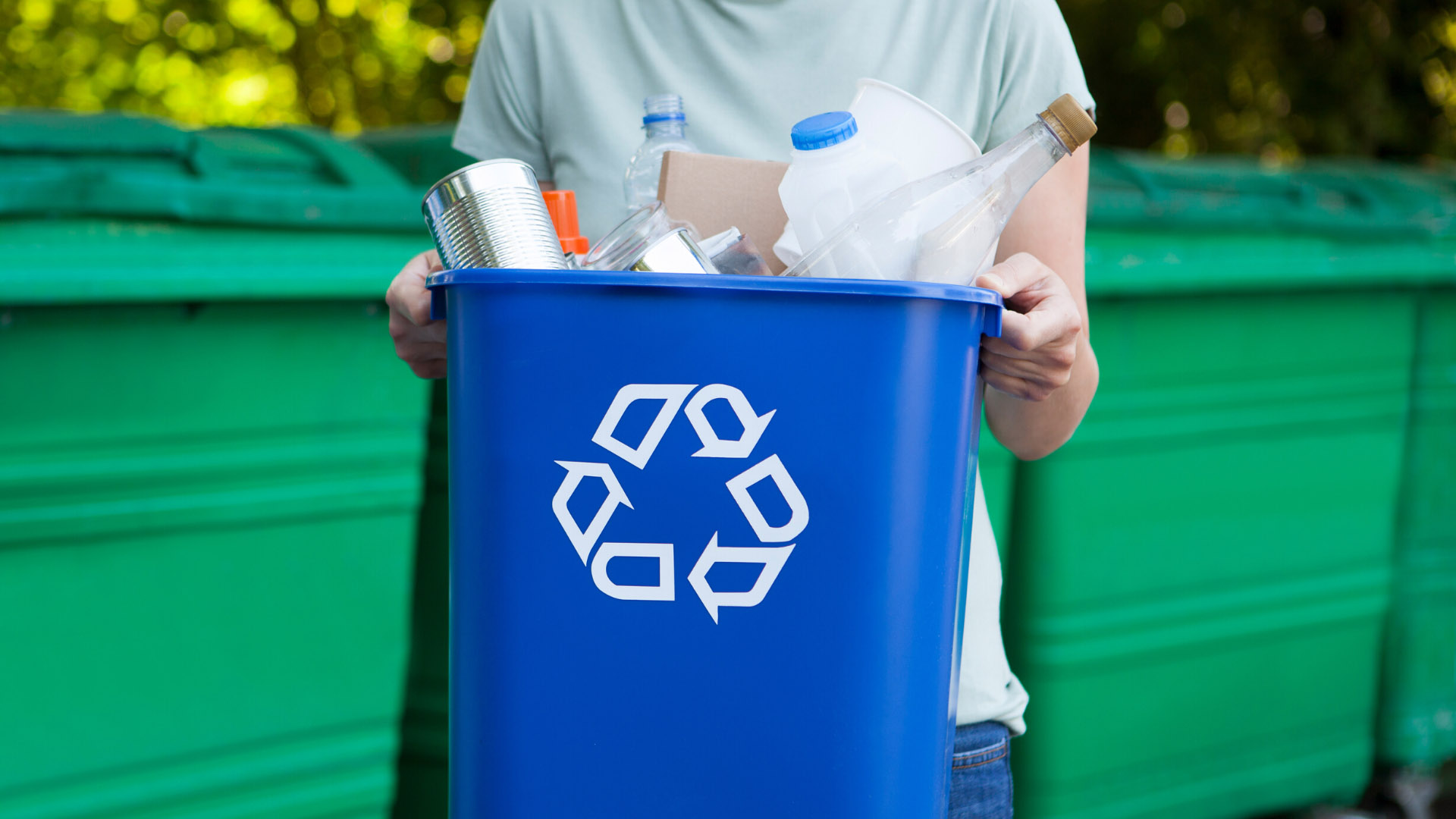

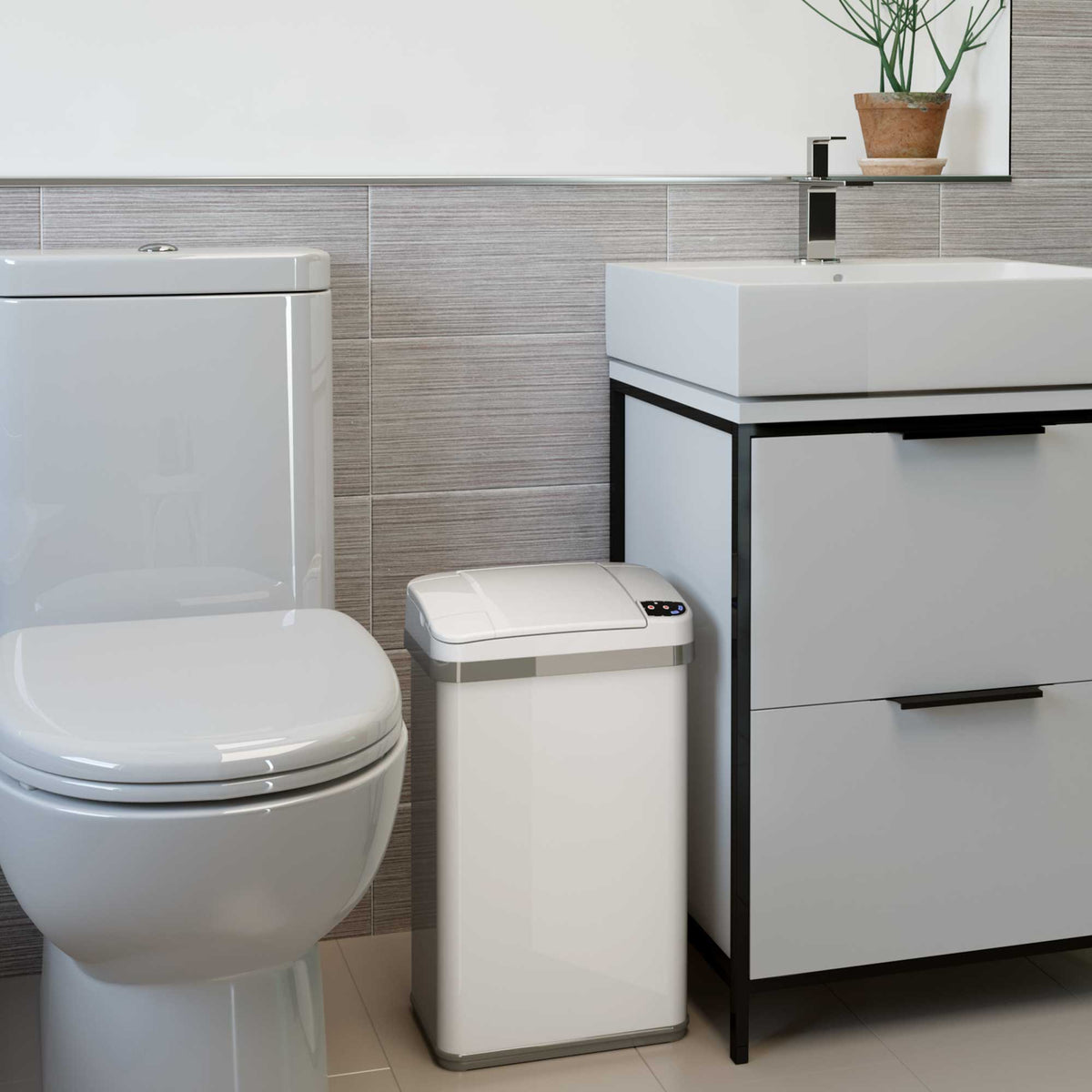
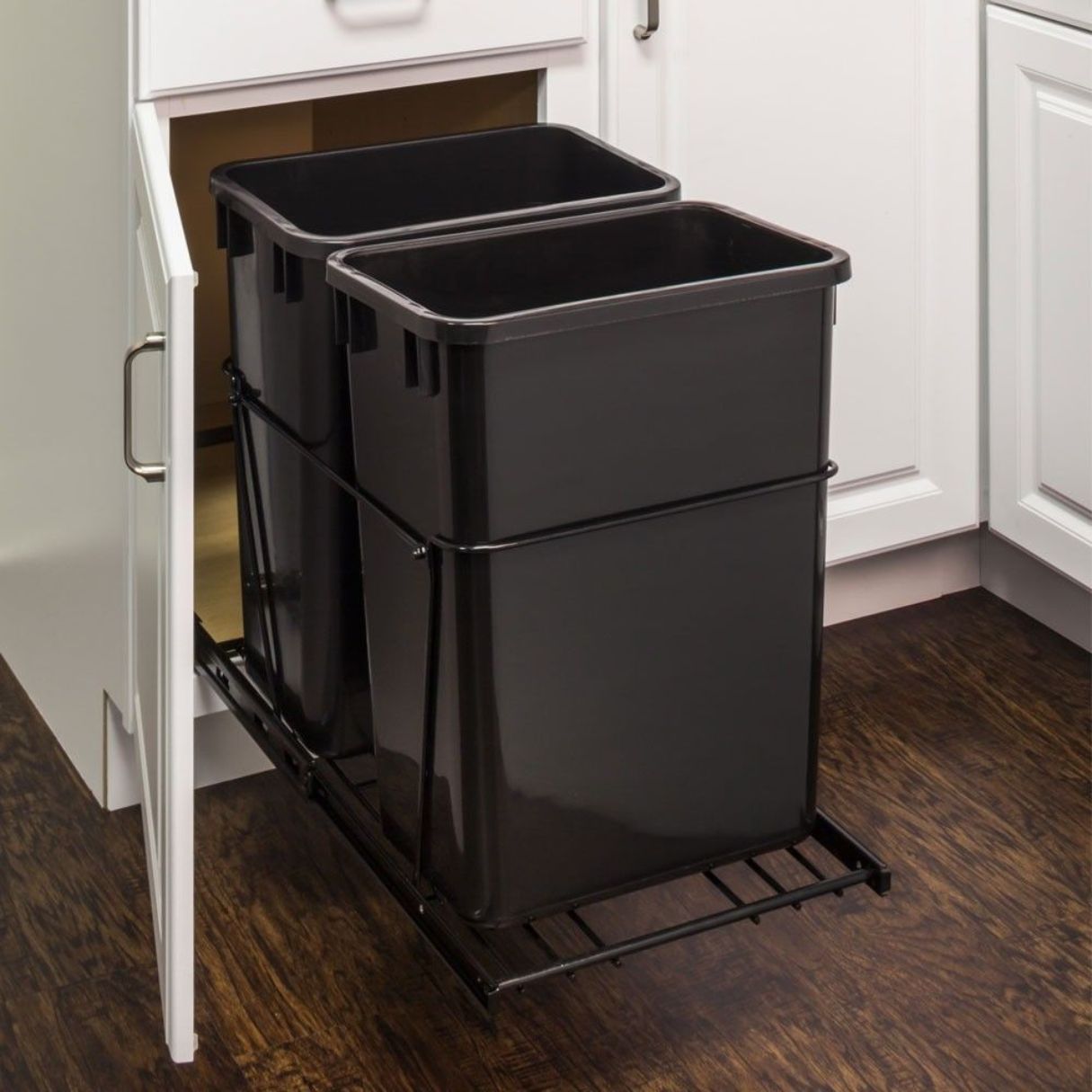
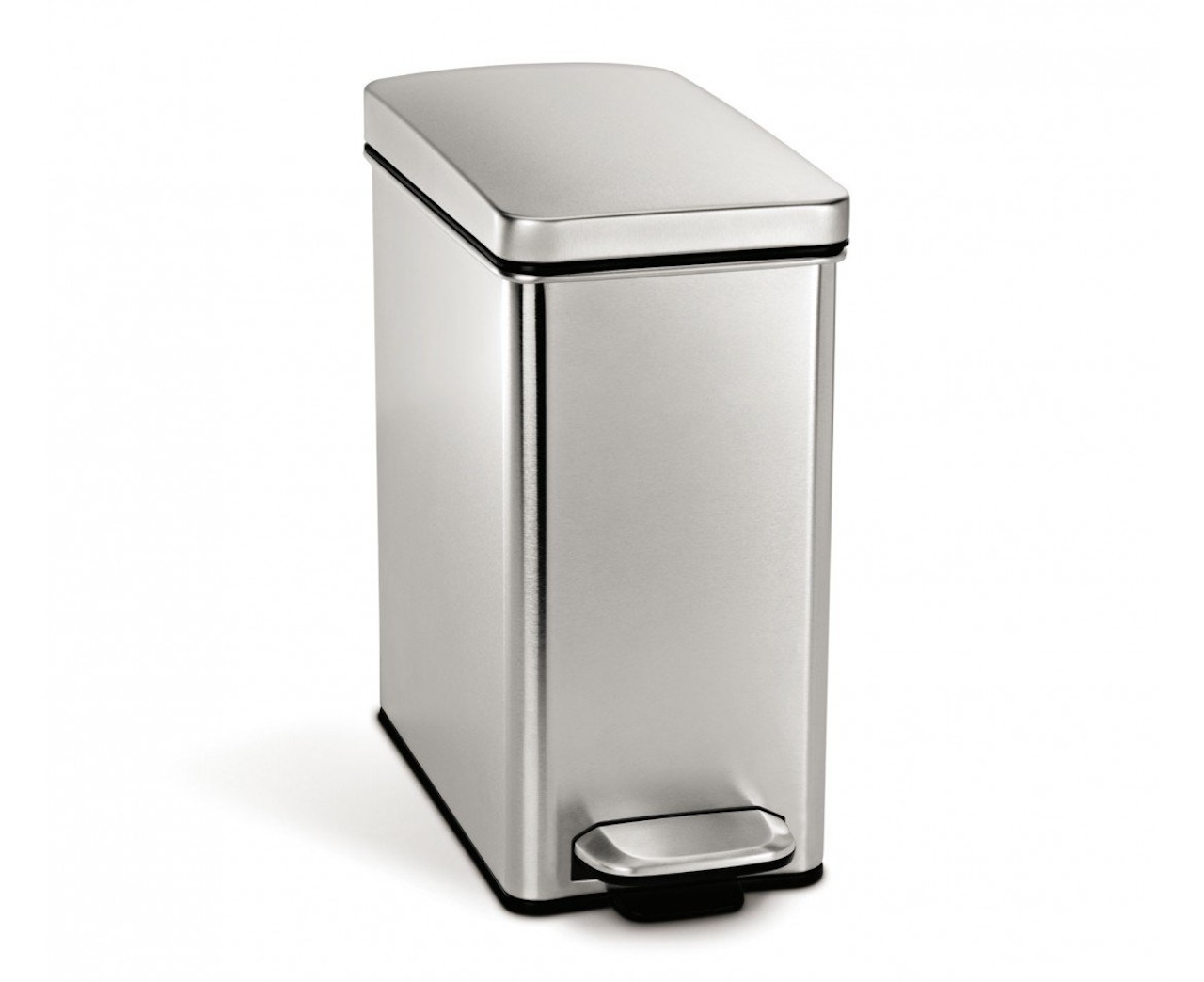
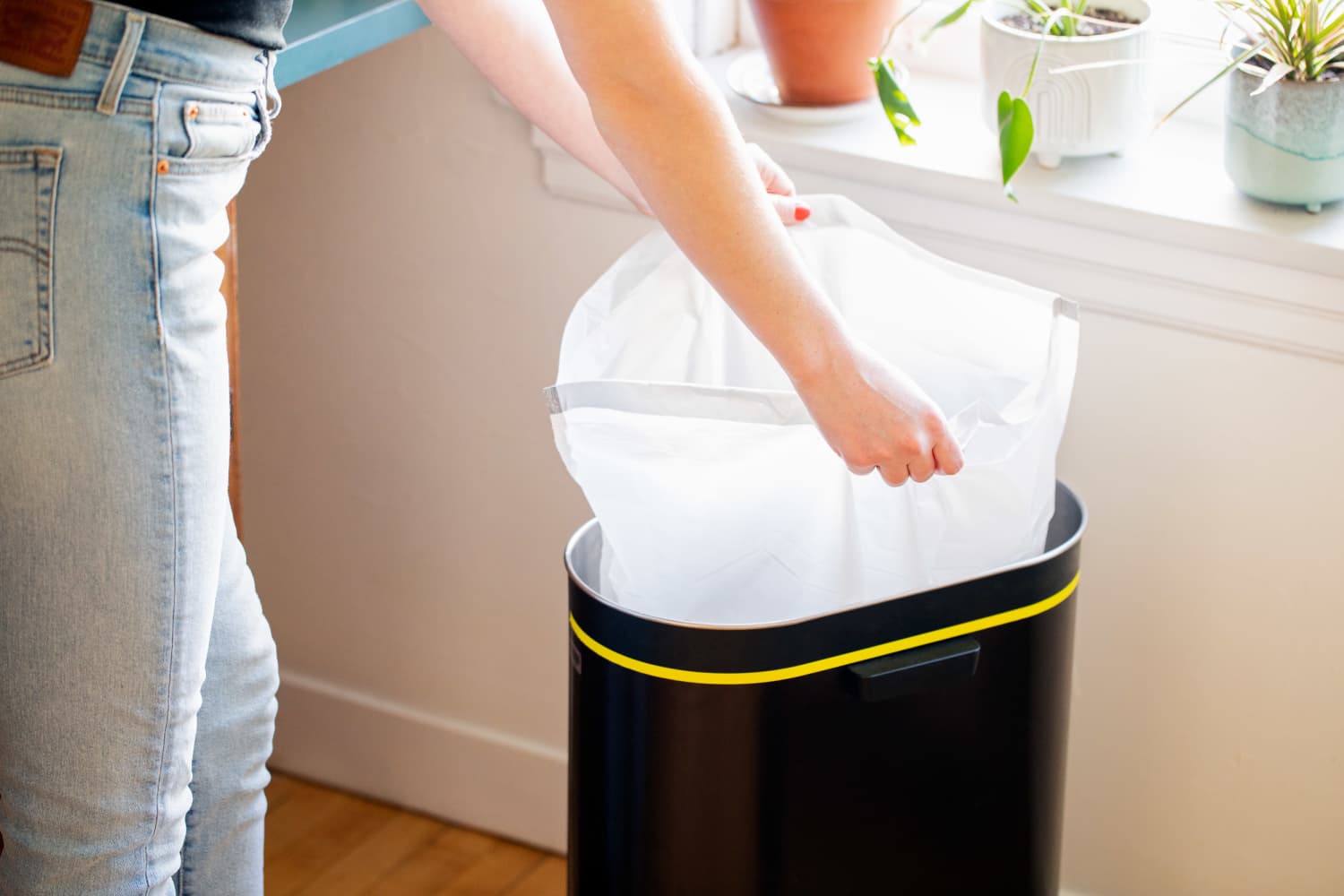
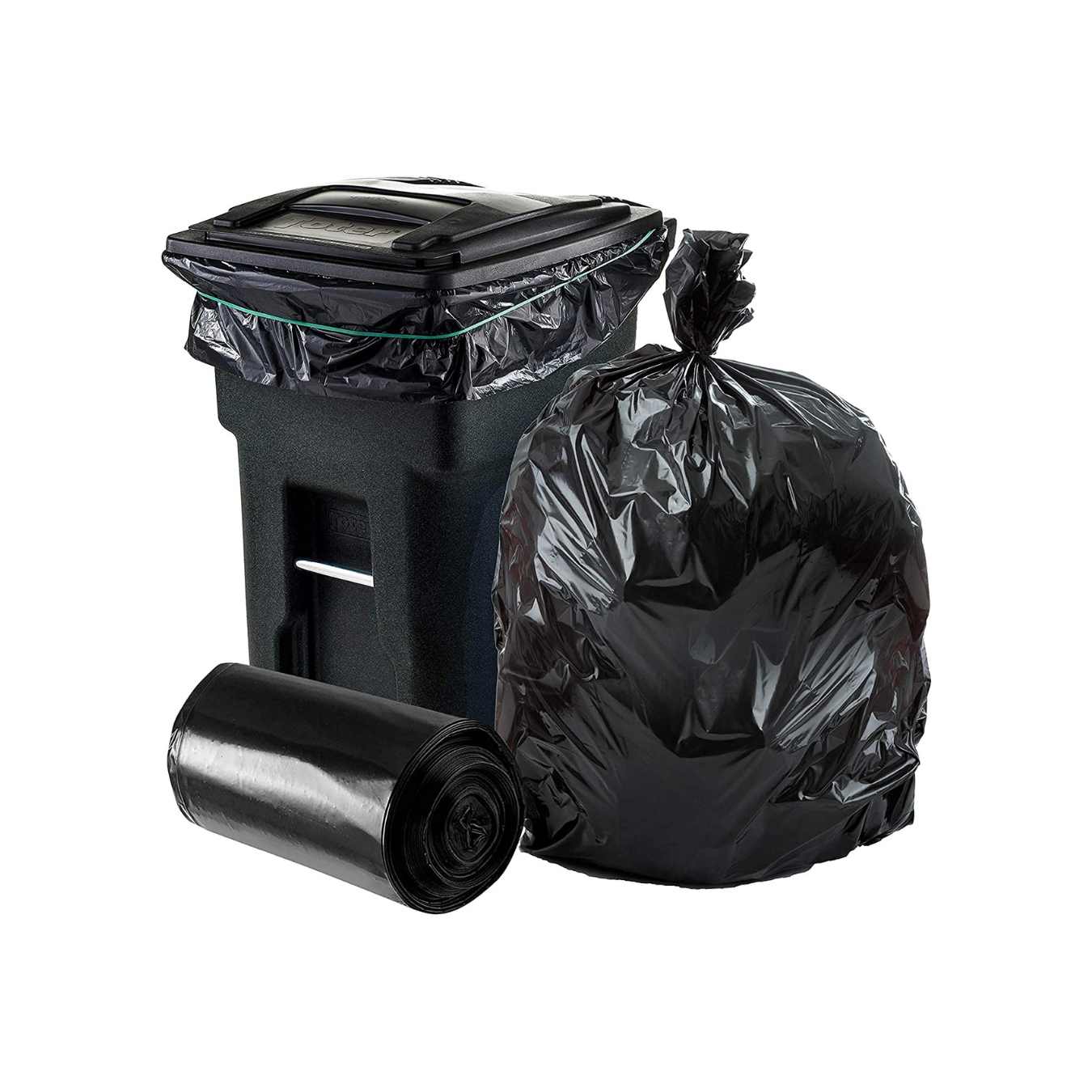
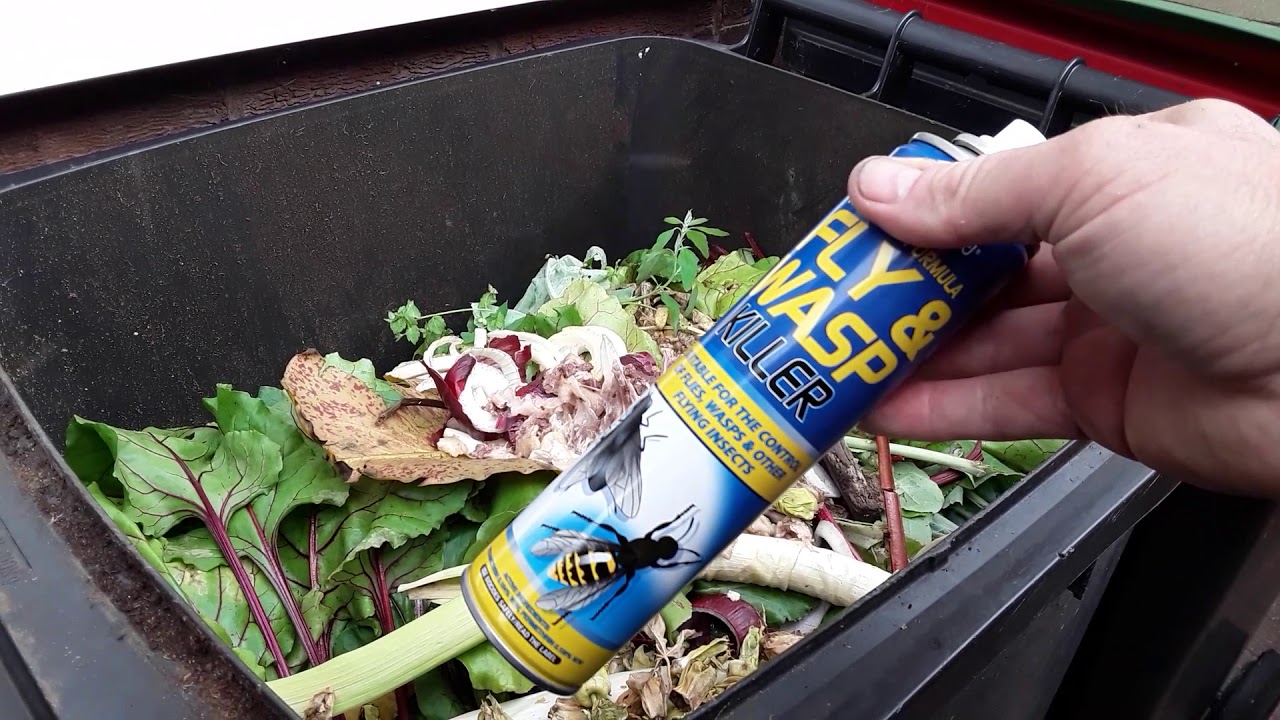
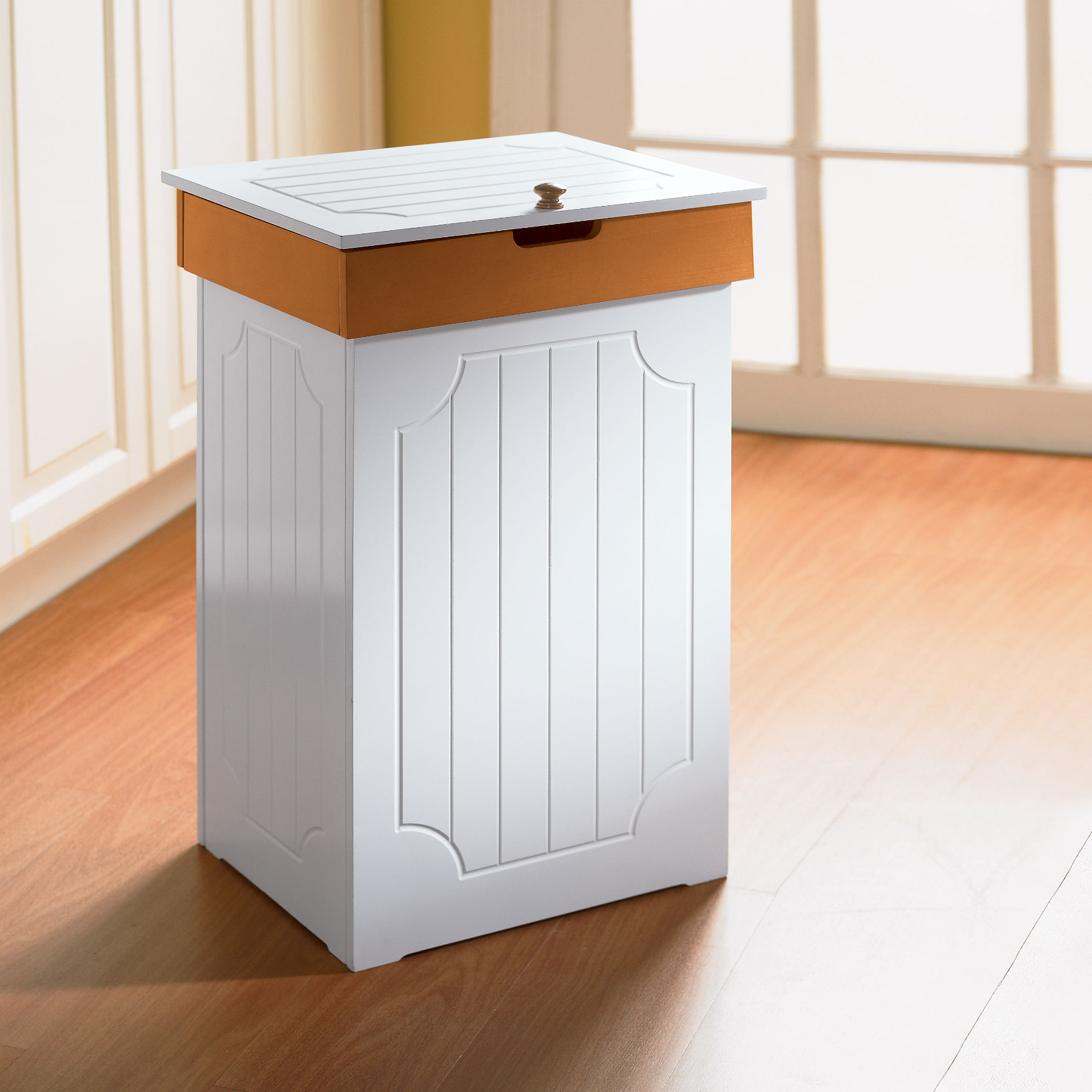
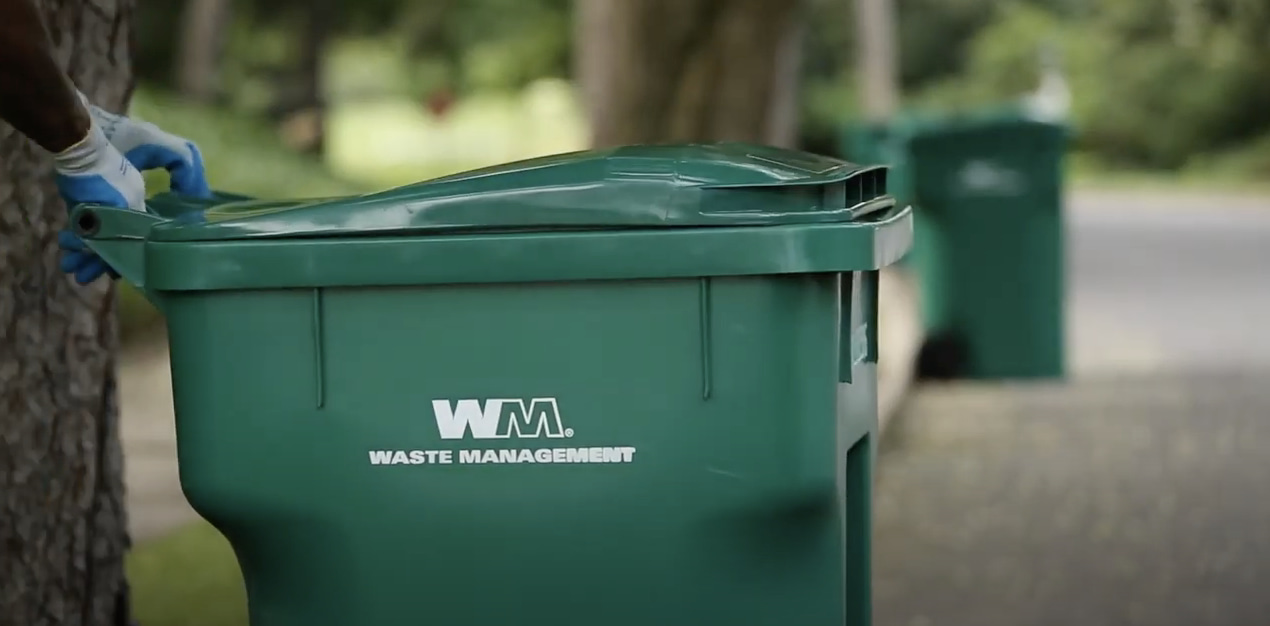
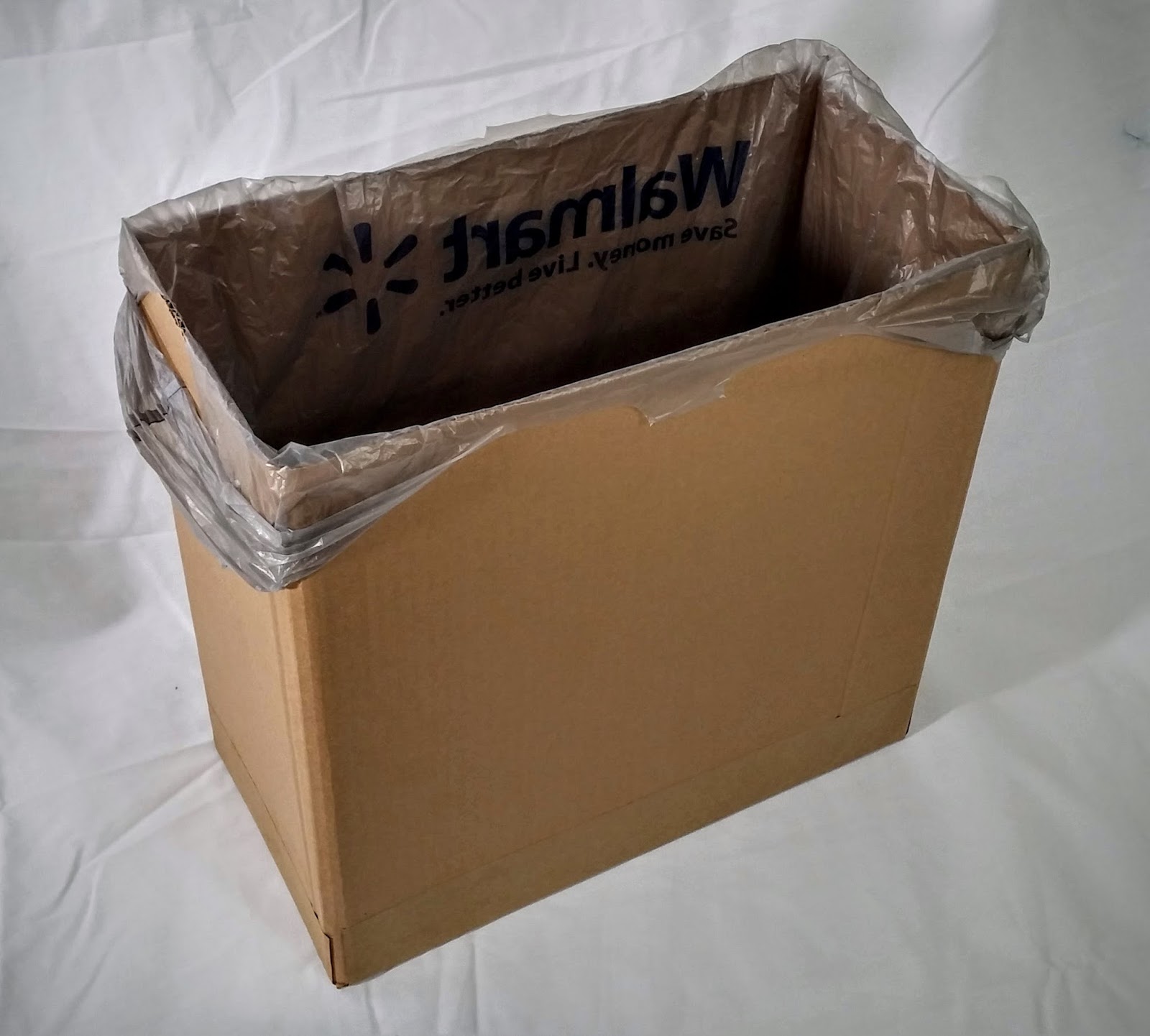
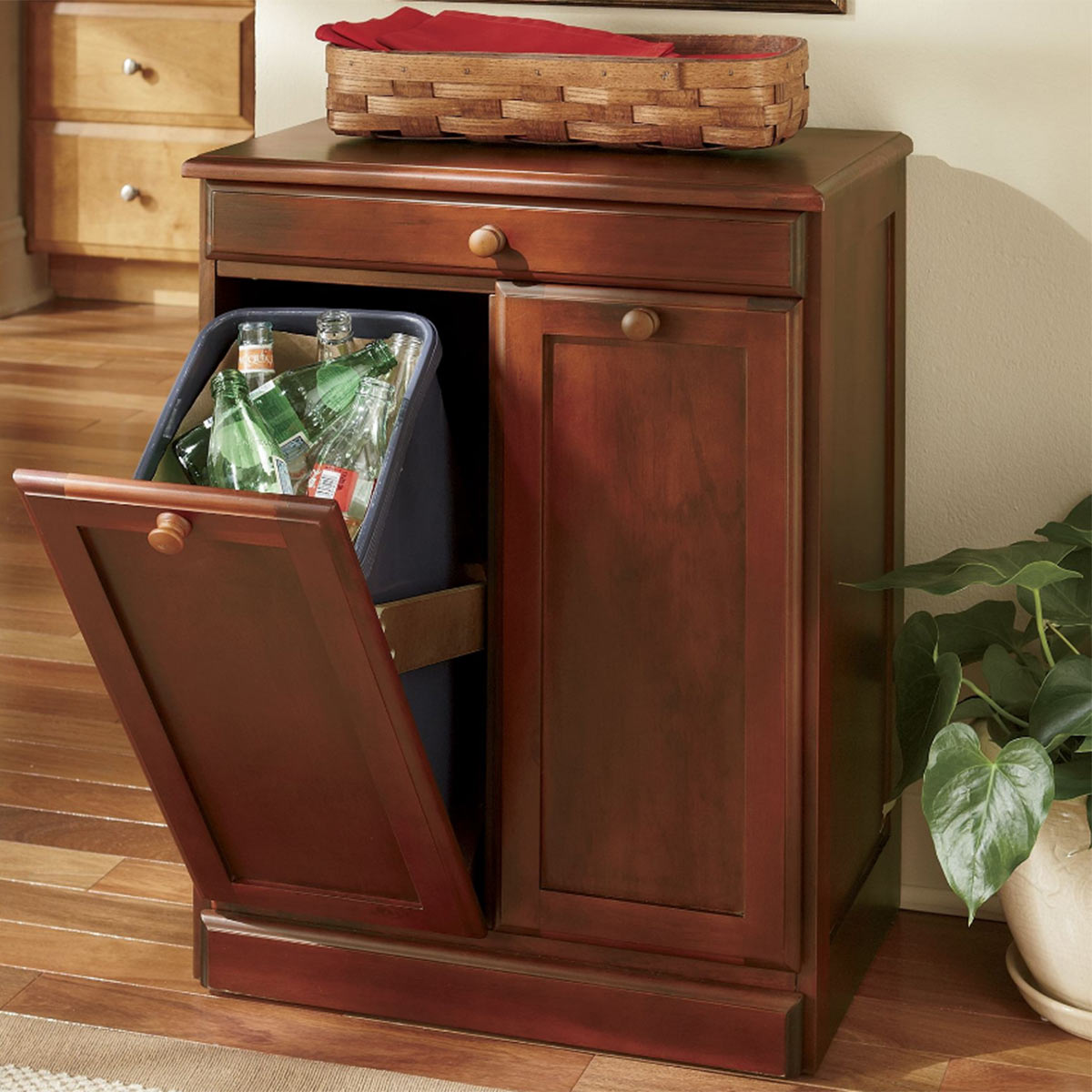
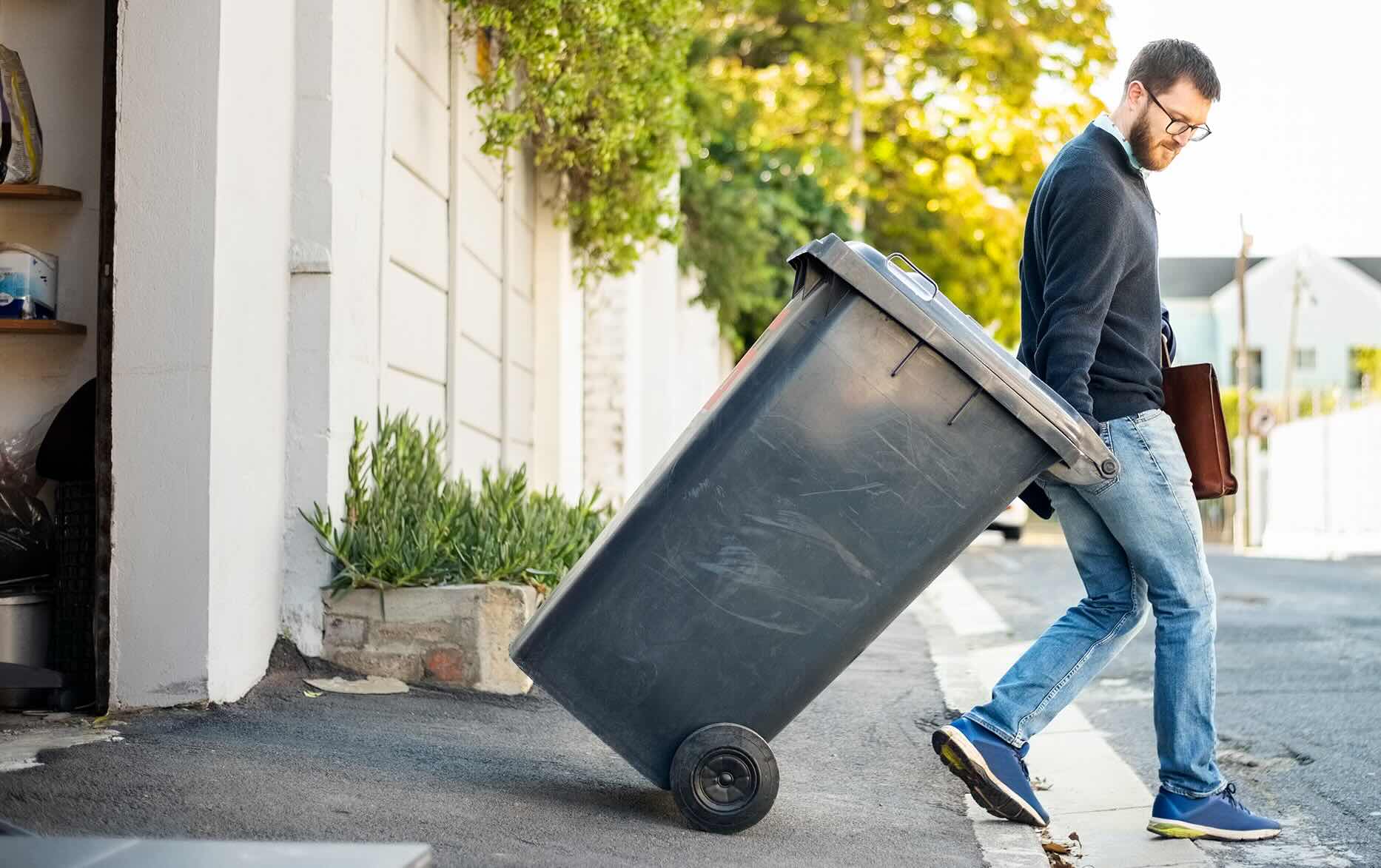
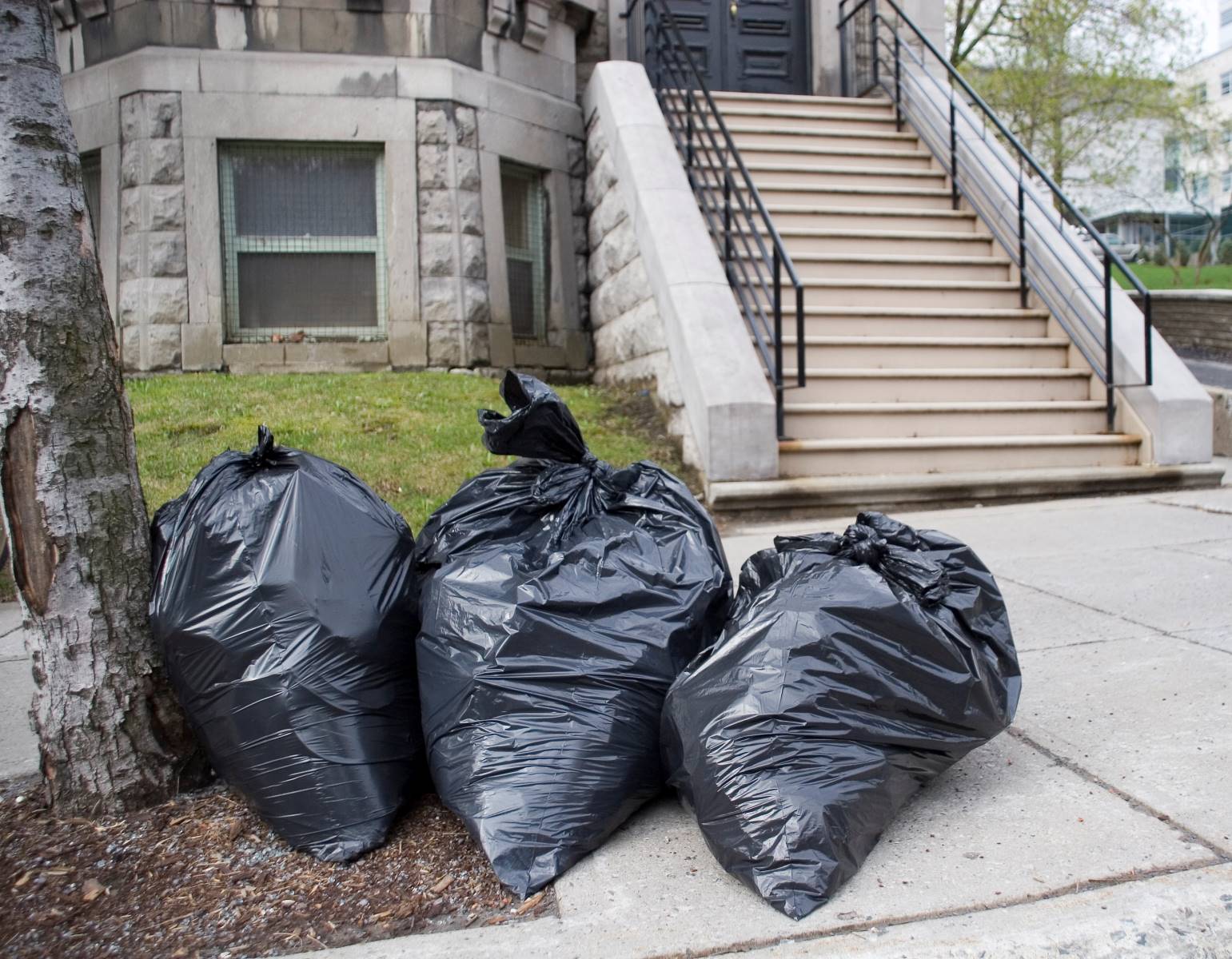

0 thoughts on “What Is A Trash Can”